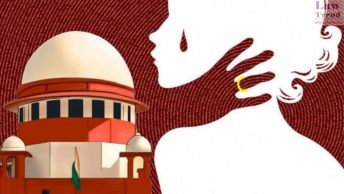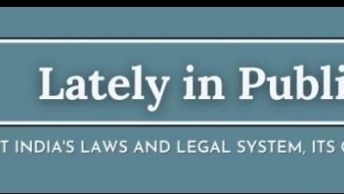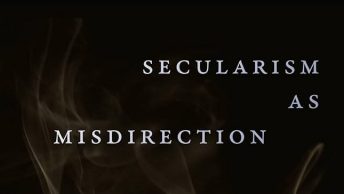A guest post by Aditya Sondhi, an advocate and law teacher in Bangalore, on his early reaction to the Allahabad High Court’s ruling in the Ram Janmabhoomi-Babri Masjid Case.
As I listened to Bismillah Khan’s Raag Lalit a few hours after the Ayodhya judgement, the irony was not lost on me. Bismillahji is known to have played his shehnai at the Vishwanath temple in Benaras and even claimed to have come face-to-face with Lord Krishna himself during one of his sublime performances. One finds a similar spirituality in the judgement of the Allahabad High Court, in that the majority opinion of the two learned Judges belonging to the respective faiths that were in battle before them, found a co-equal right in favour of each of the contesting parties. As a lawyer, it is intriguing that suits claiming declaratory reliefs of title have been disposed of more akin to a partition suit where all contesting parties end up with a share in the property that is the subject matter of litigation. But that is precisely the acute judicial balance that the Court has struck in dealing with a vexed dispute that entailed mixed questions of mythology, history, faith and law.
Extraordinary facts make for extraordinary law. Rather than recognize the absolute right of any community over the land, the Court has been able to lucidly declare the common but disparate interest of each group based on their co-existent practice of worship at the site. It is almost as if that ‘easementary’ right has been elevated to one of ownership. While this may not be commonplace in civil law, a case of this nature inherently requires Courts to evolve supple principles of law to deliver real justice. To my mind, the judgement reinforces one’s belief that law and religion are a heady mix and can determine standards that are credible and conclusive. Indeed, the Sunni Wakf Board may feel aggrieved (as might the other plaintiffs) by the outcome, and, undoubtedly, even if the judgement is affirmed by the Supreme Court in challenge, the execution of the decree to cause ‘partition’ in metes and bounds is certainly going to be inflammatory and extremely complex. Nevertheless, the decision vindicates the position of those who chose to have the matter resolved by a Court rather than by a mob.
Of course, Courts do not decide matters that are purely religious or that are not disputes of a “civil nature” under Indian civil law, but equally, such judgements prove that the Indian legal system is able to confront and resolve volatile religious disputes without fear or favour. This ensures the supremacy of law and not that of men. But for this judgement, the Ayodhya dispute would have necessarily resulted in an extra-legal solution, as was attempted in 1992. The political class was all along, as Ram Guha said, “pusillanimous” in coming up with a workable solution, either by way of reconciliation or by legislation.
While the full text of the judgement is yet to be read and analysed, and while the matter is inevitably going to be carried to the Supreme Court, the fact remains that the rule of law has received a shot in the arm. Where else in the world would Lord Ram himself as a plaintiff approach the Court and have to be content with a 1/3 share in a piece of land?





